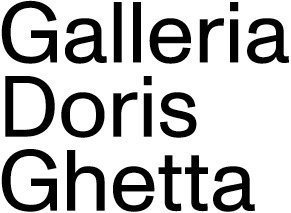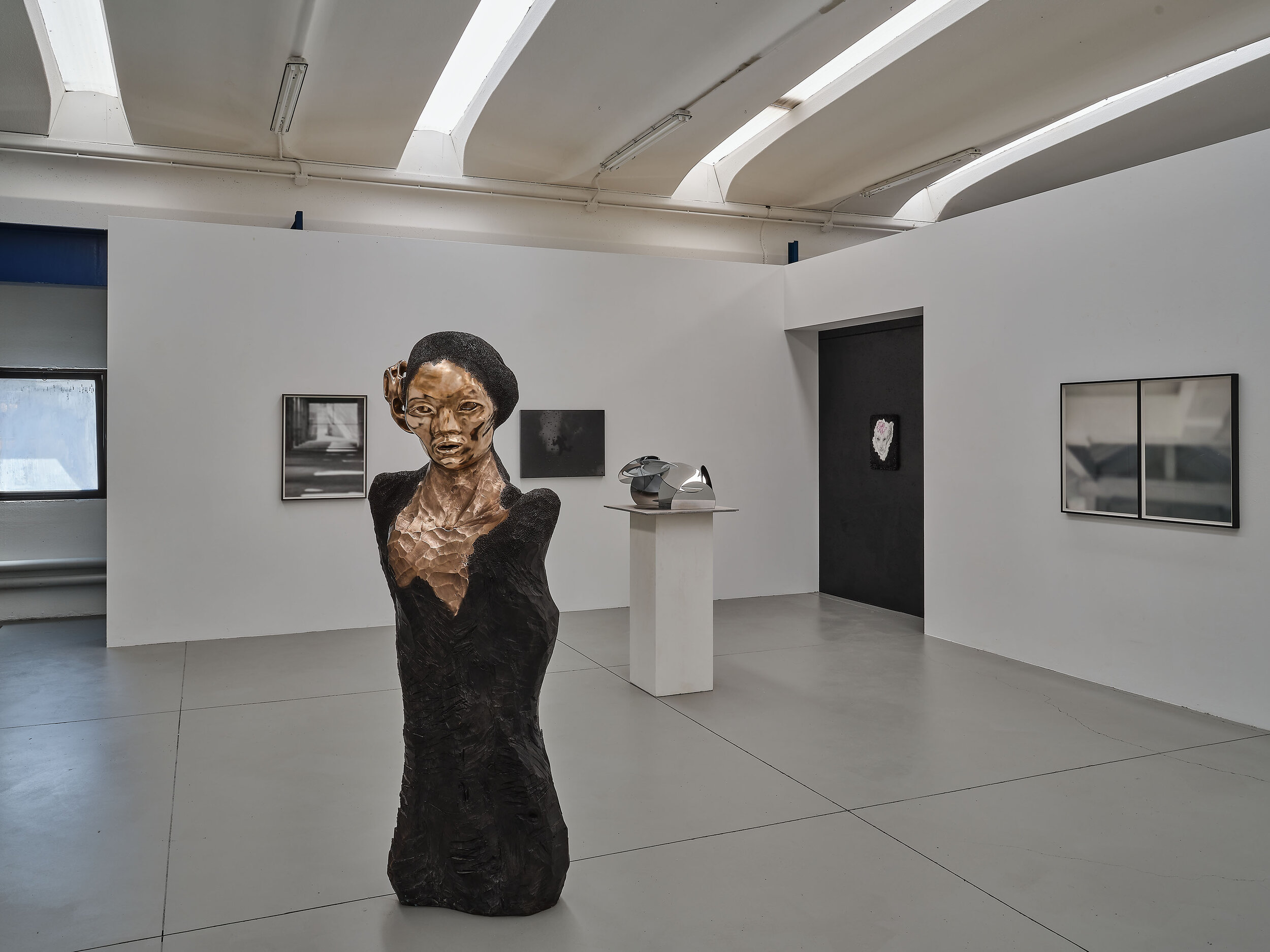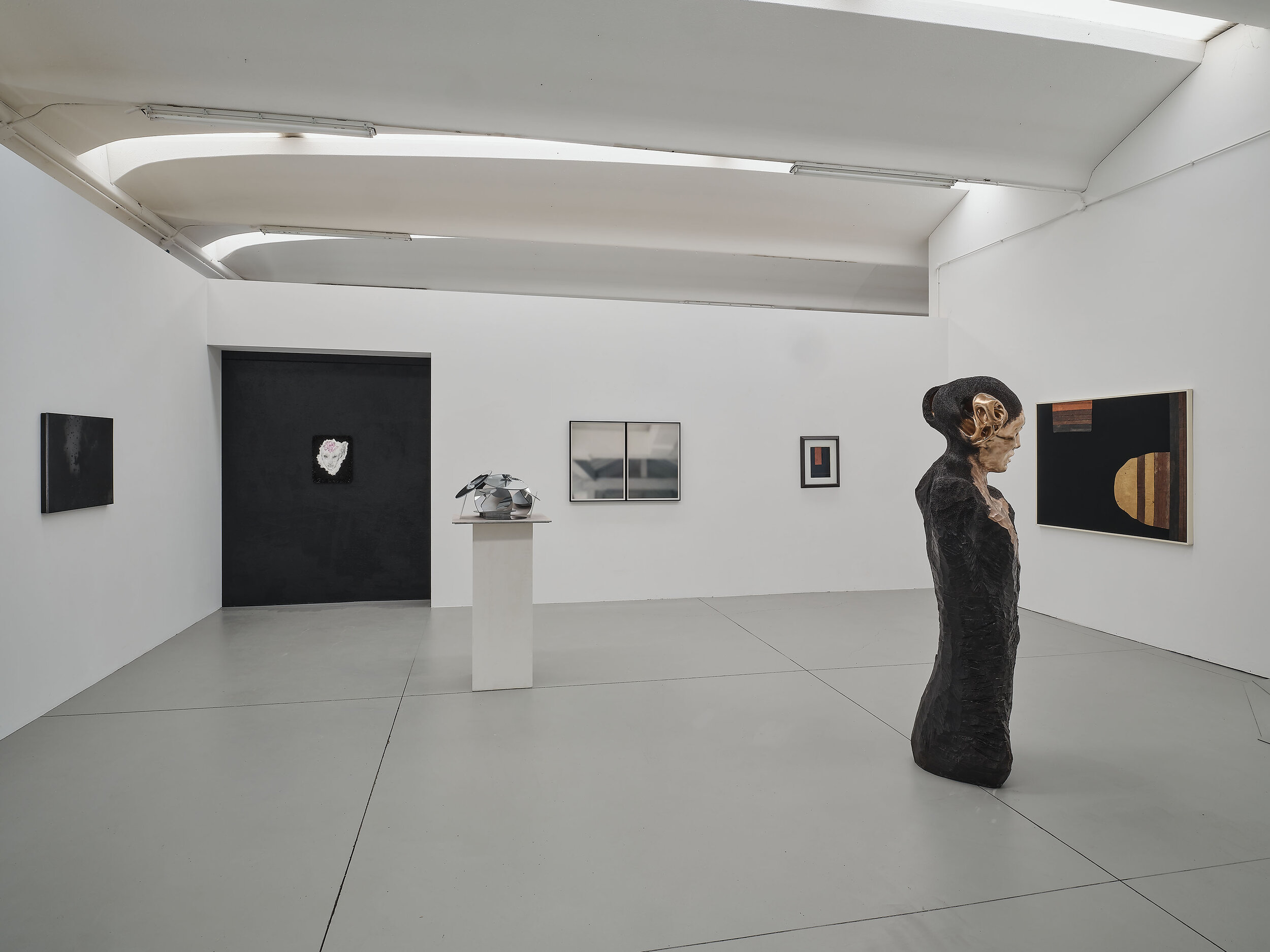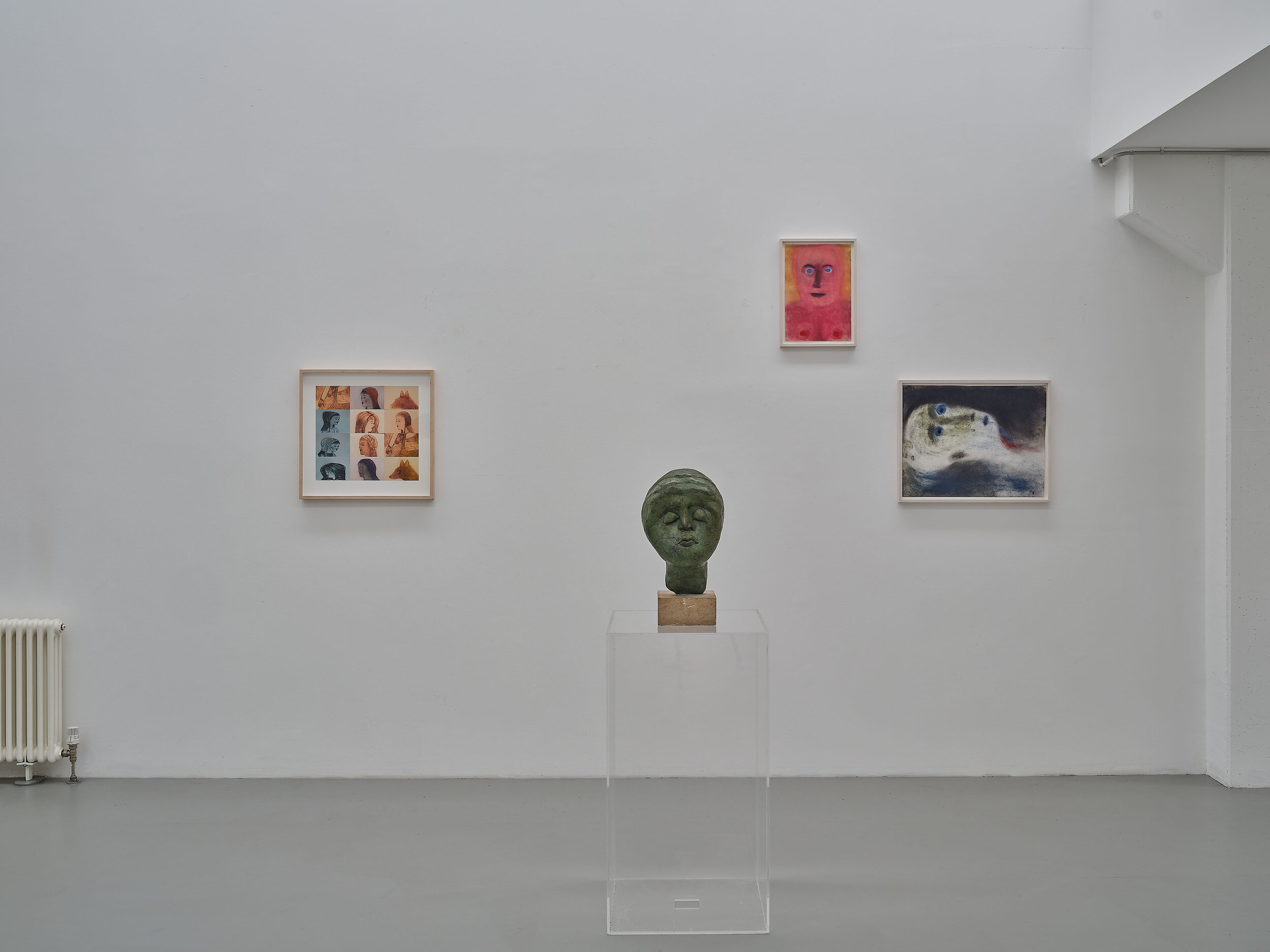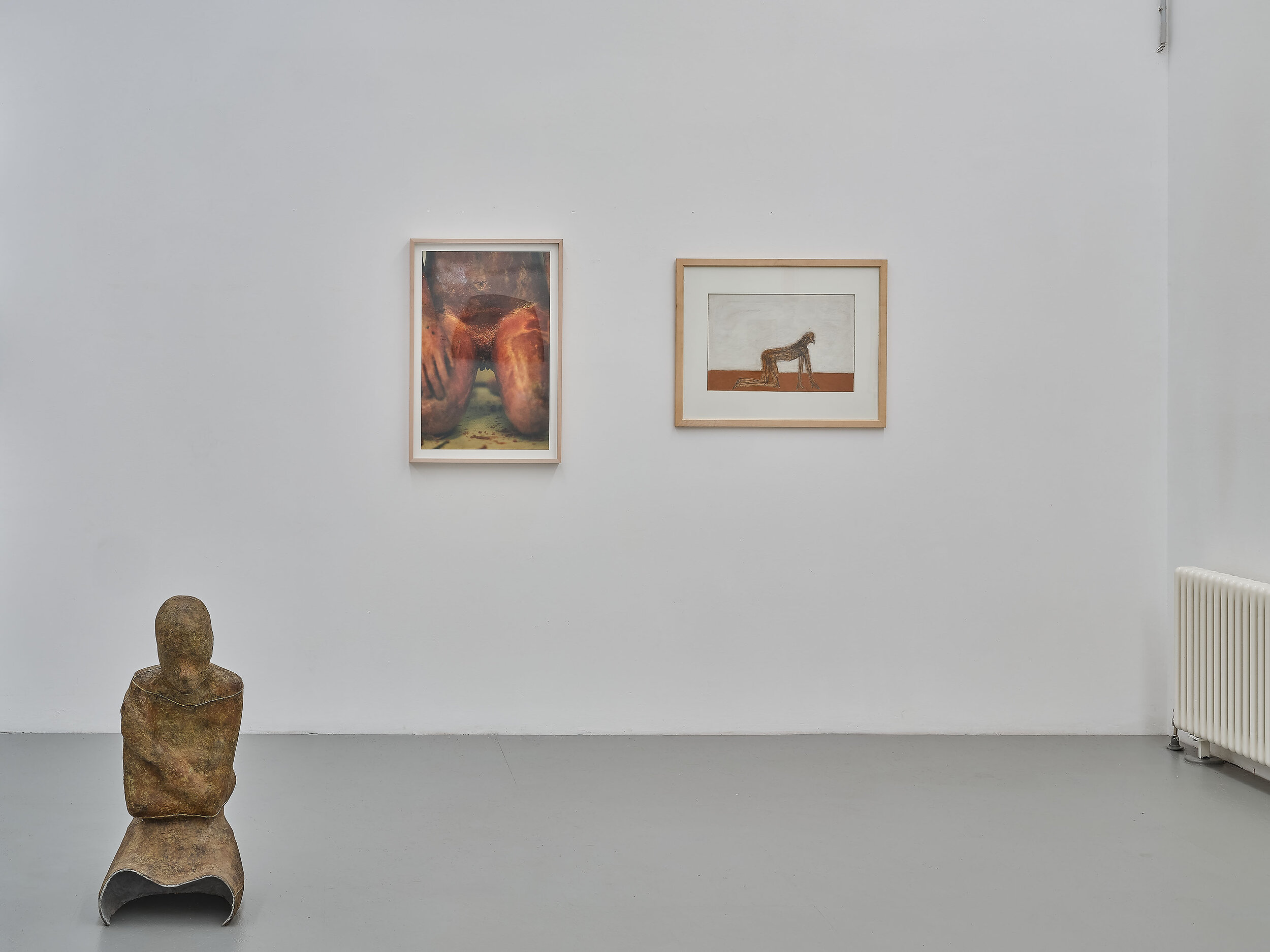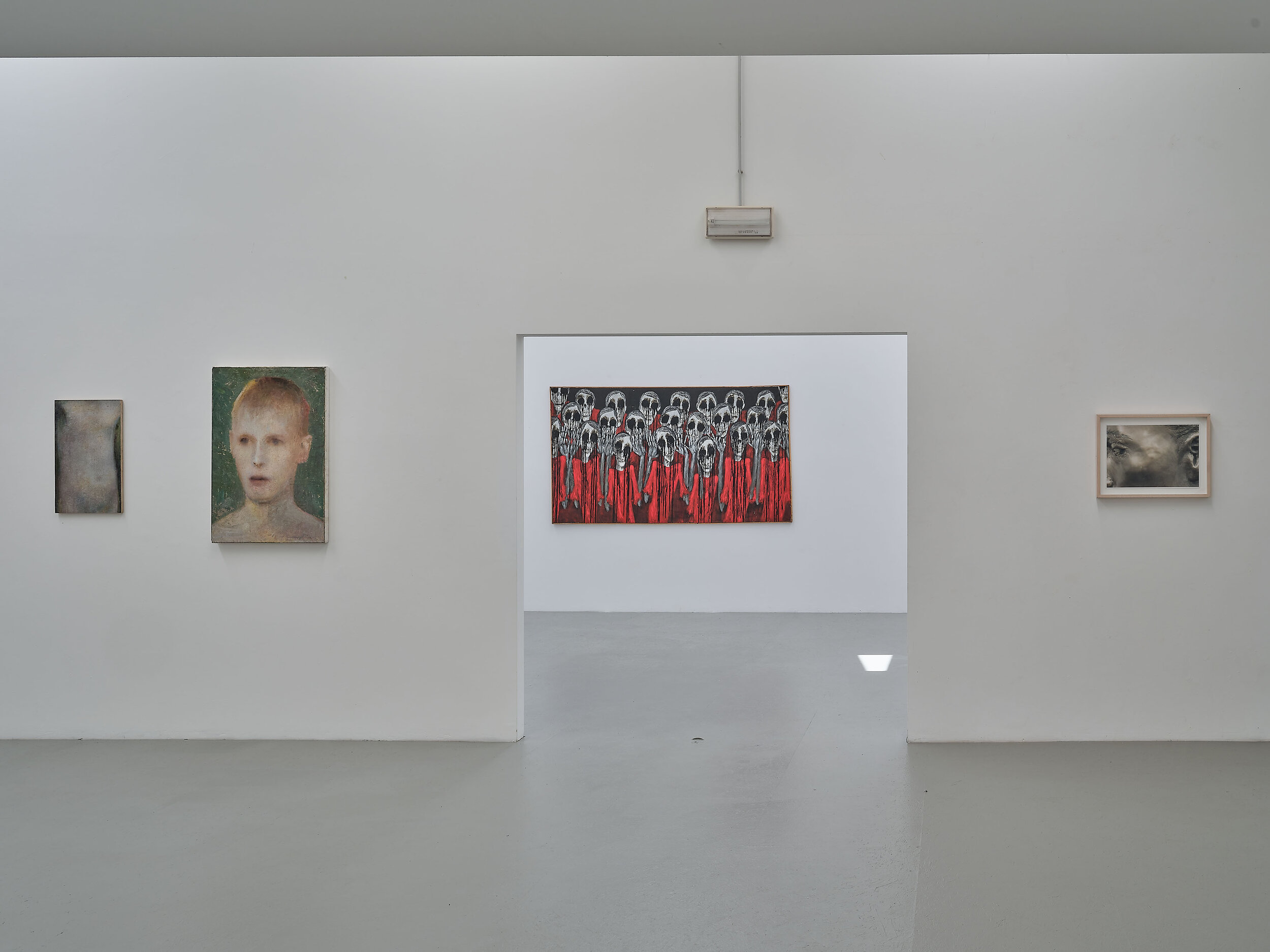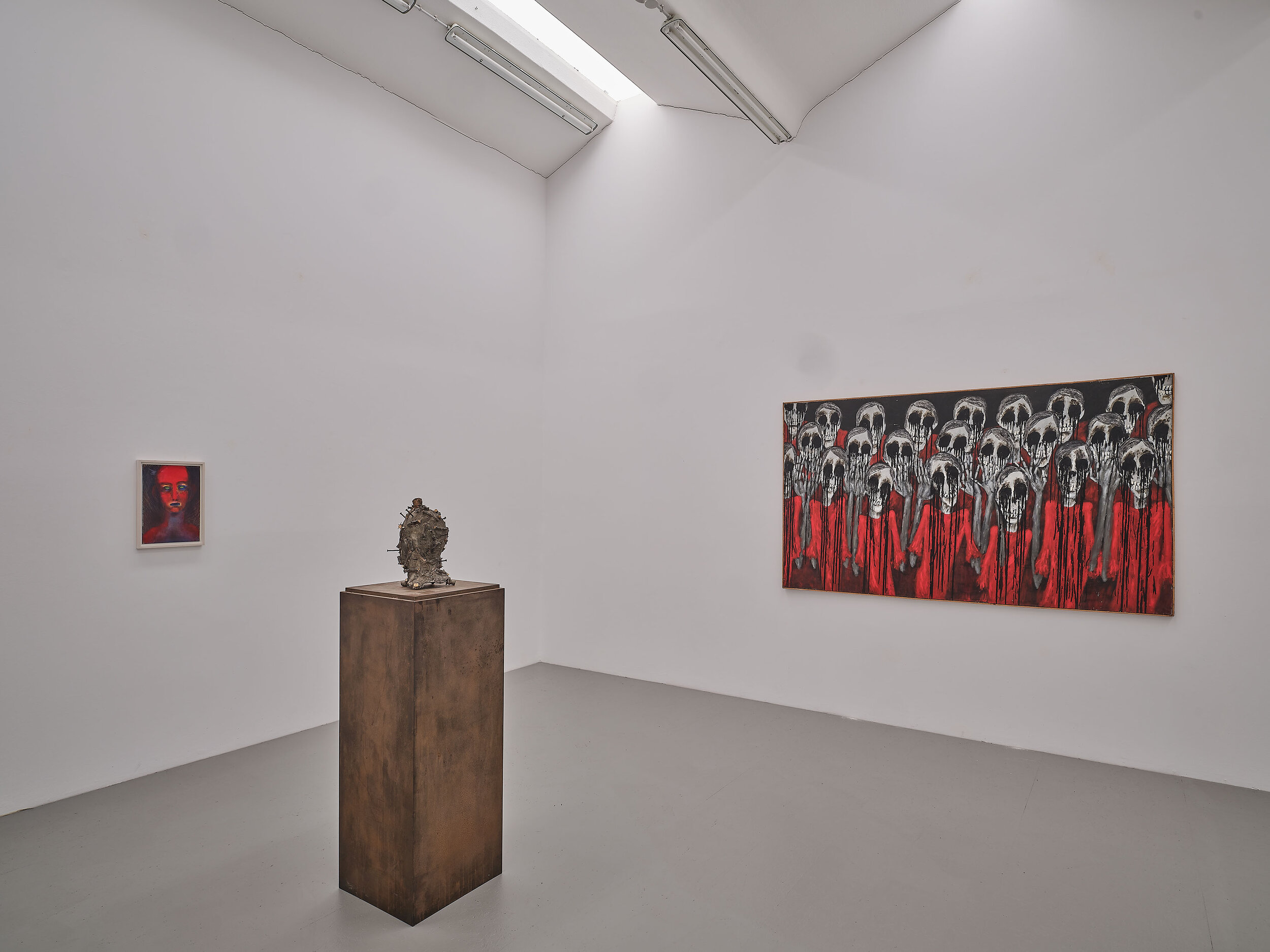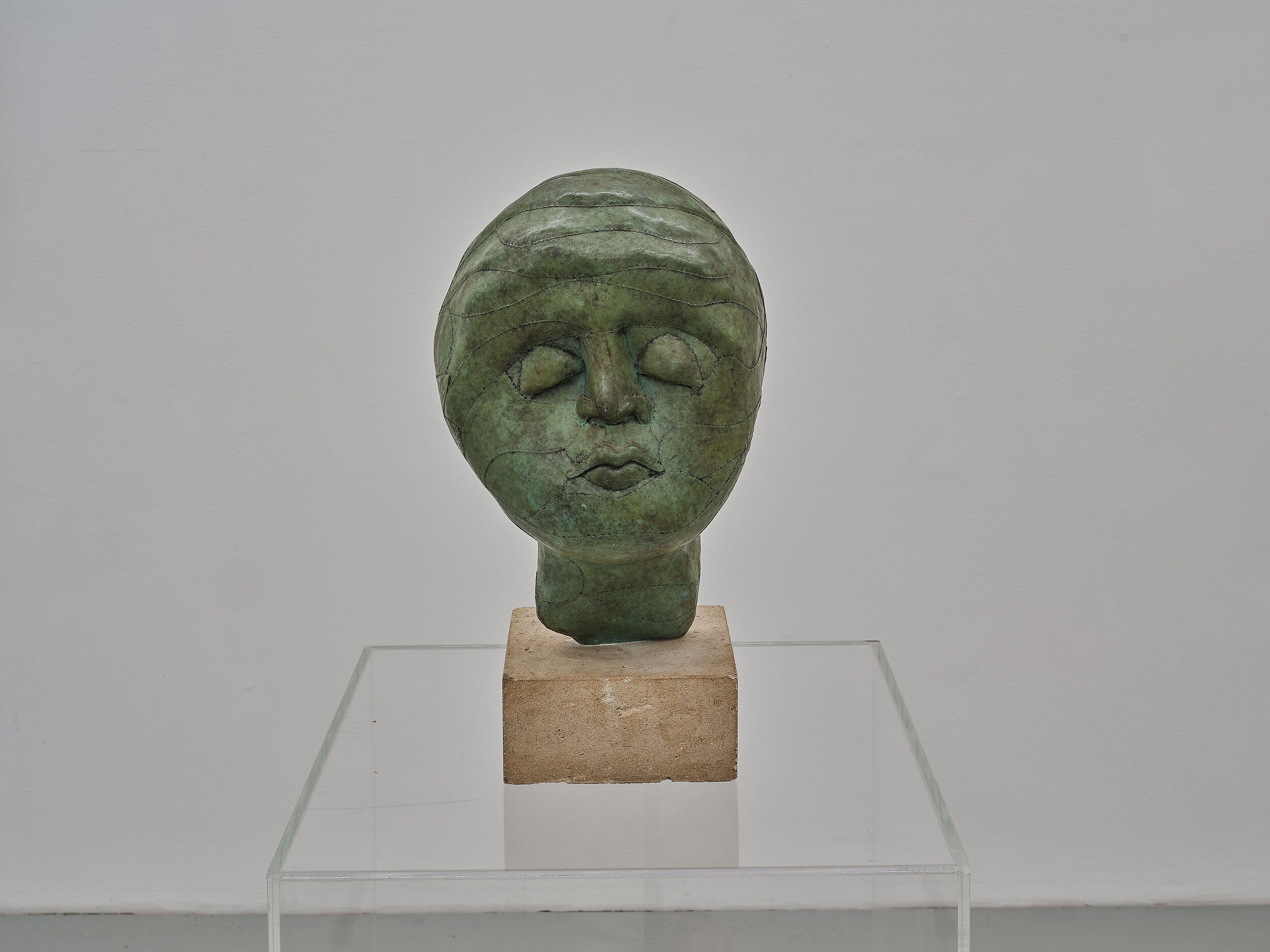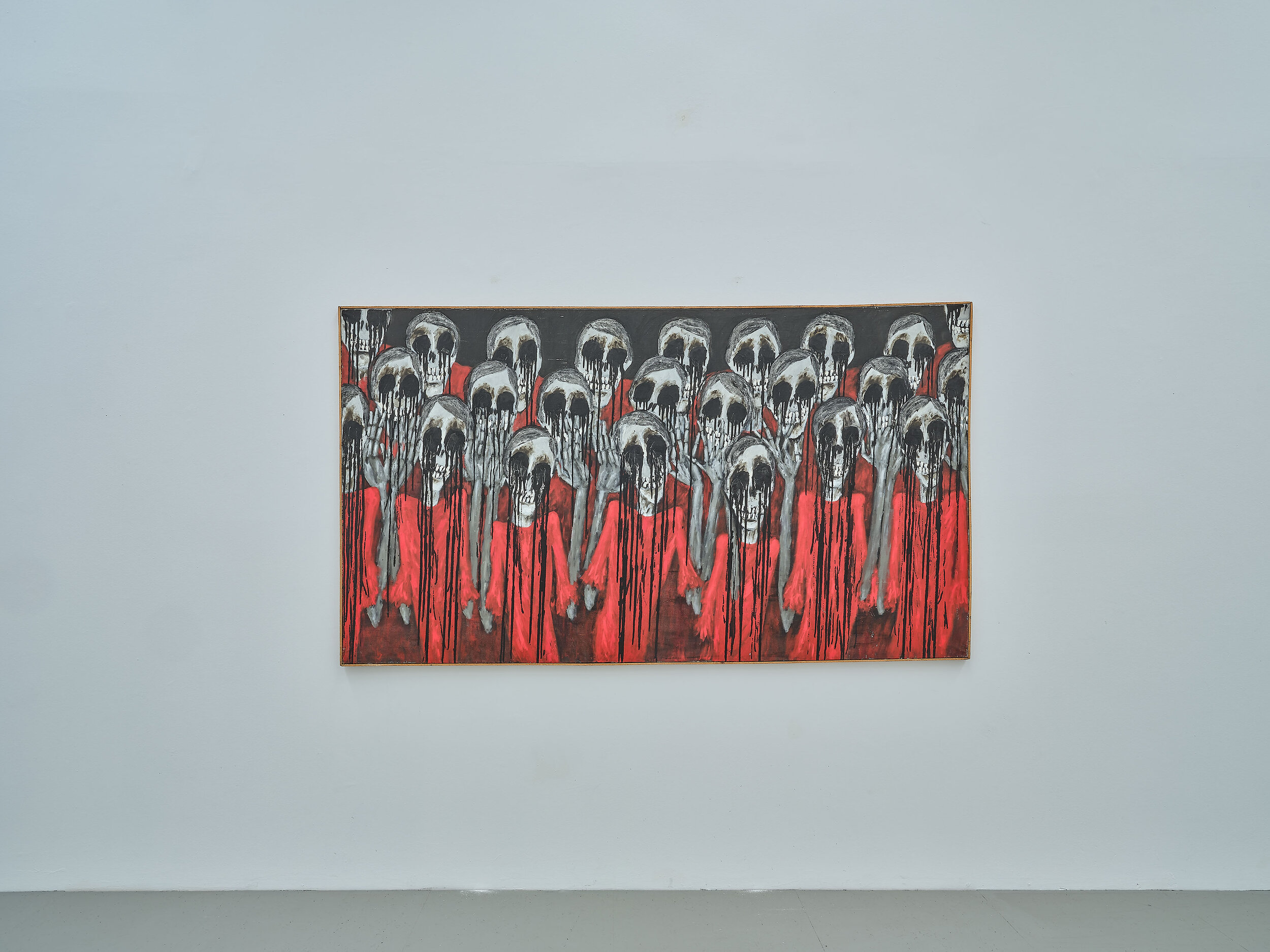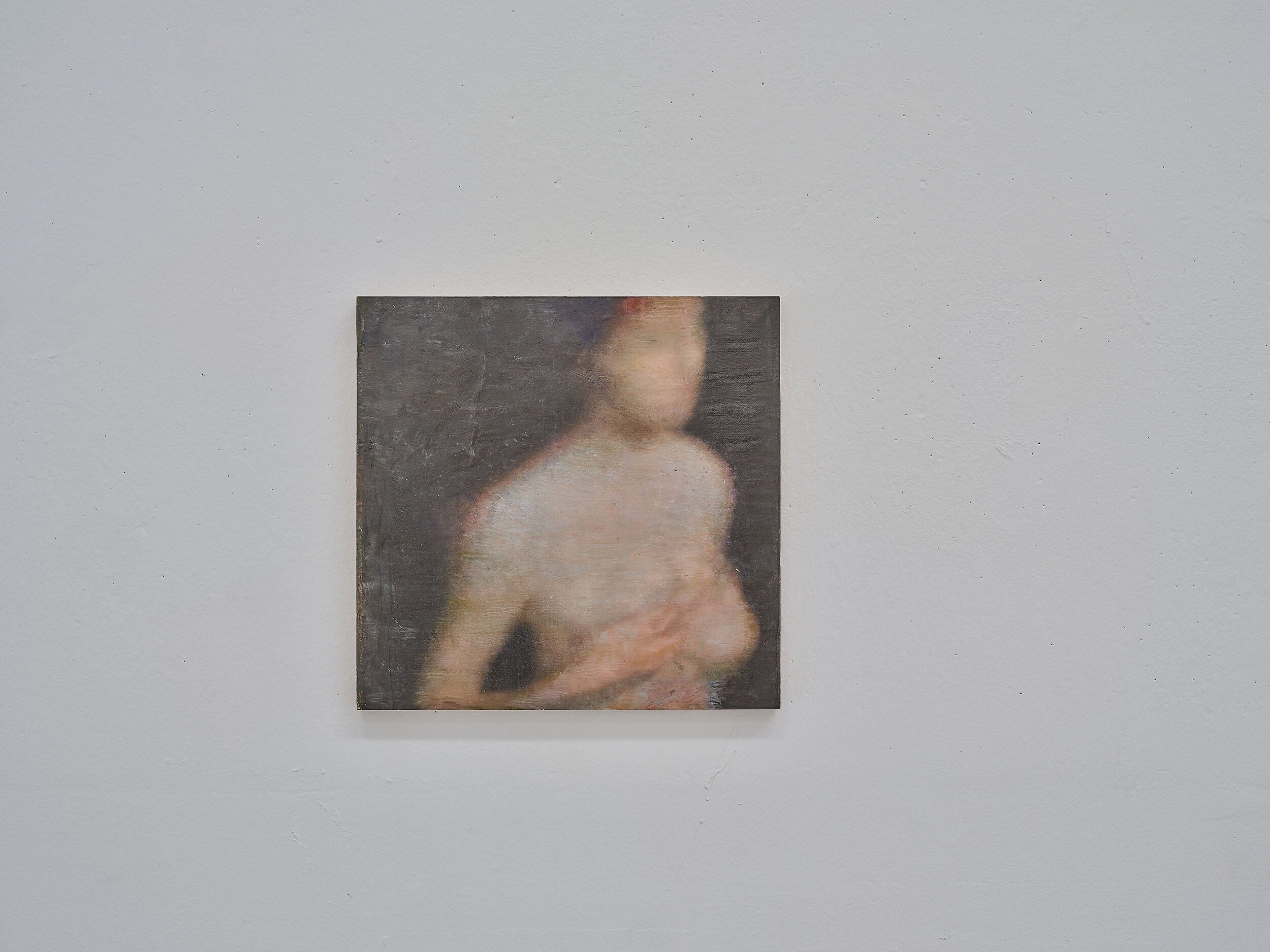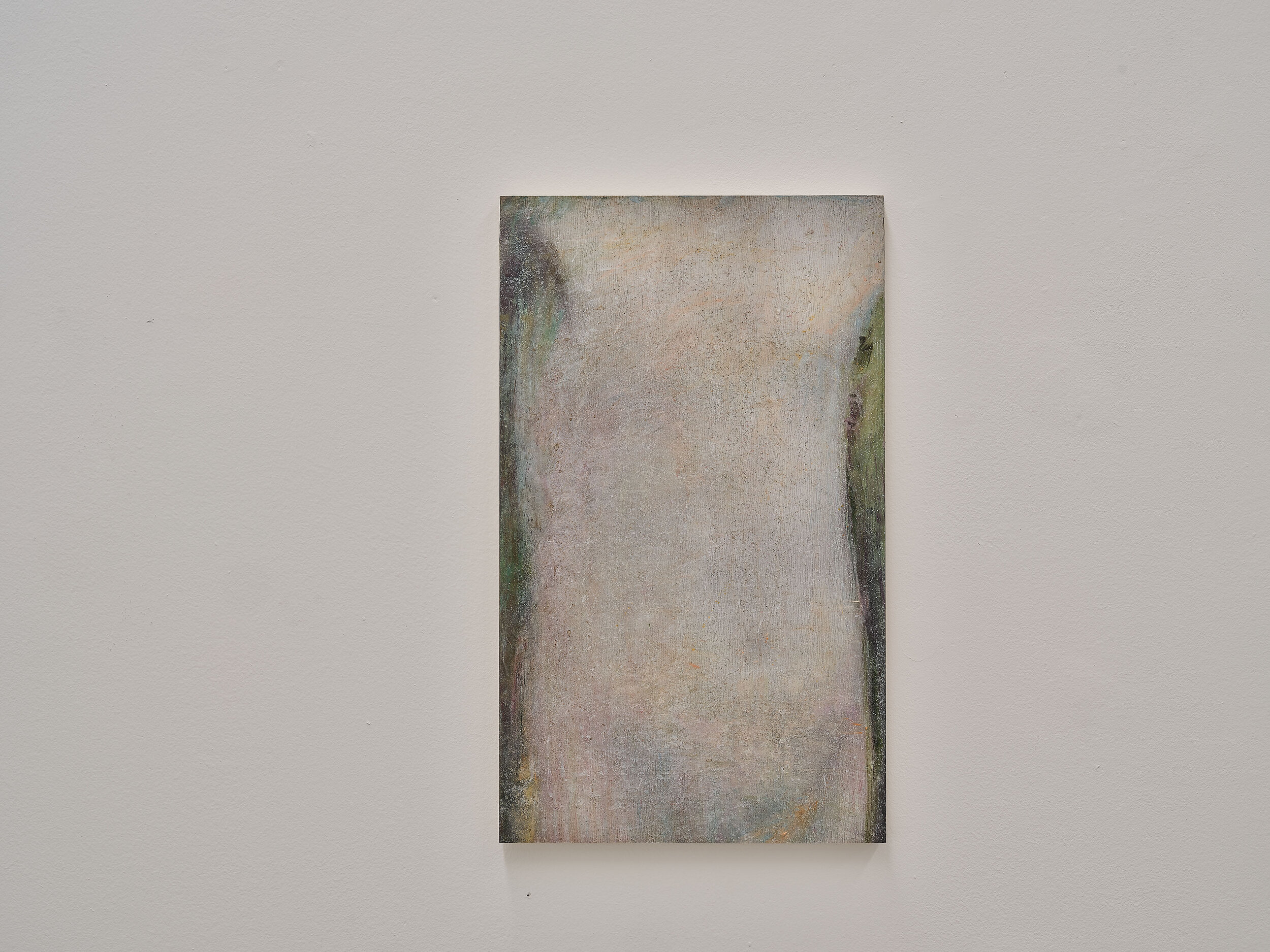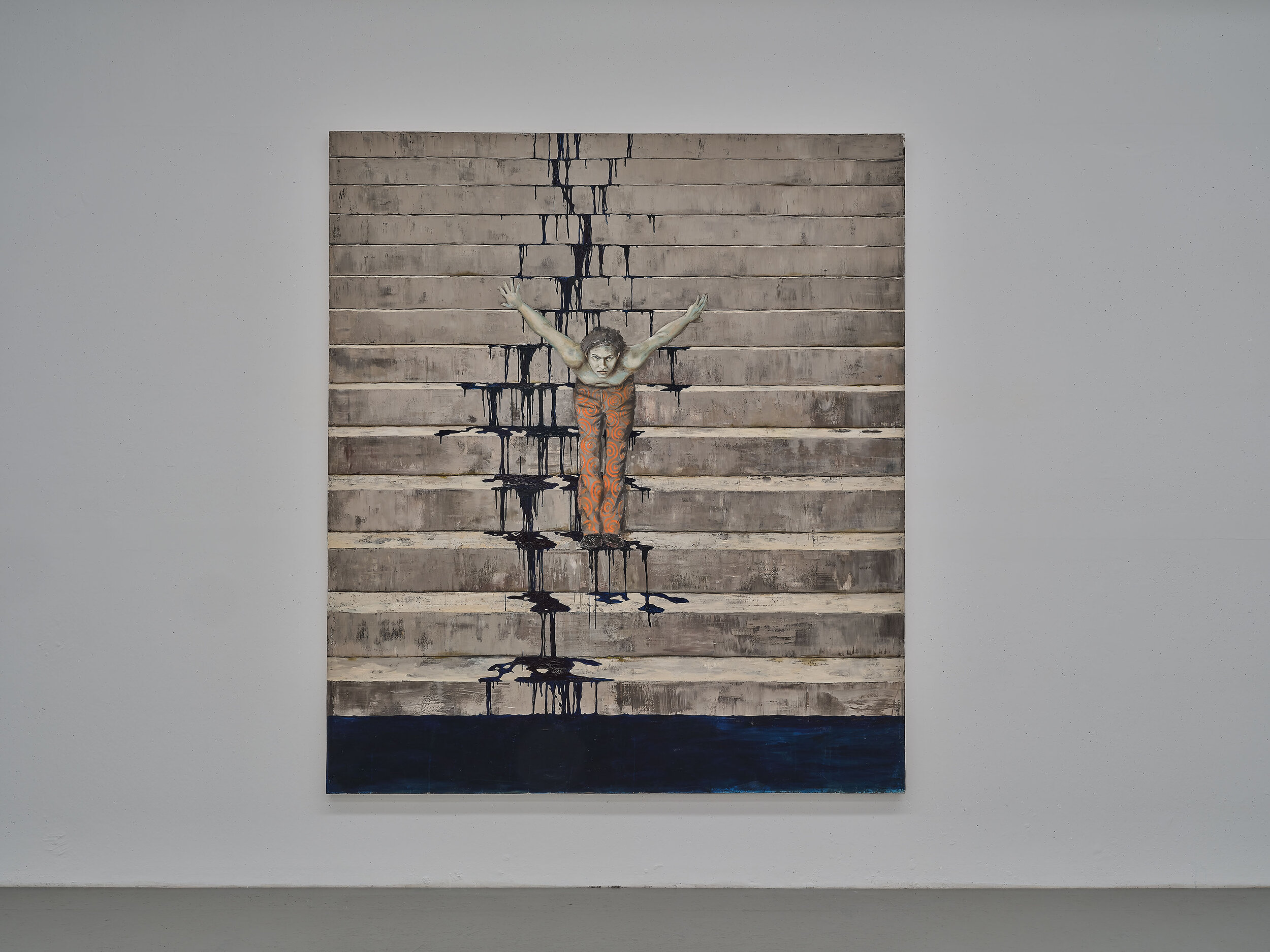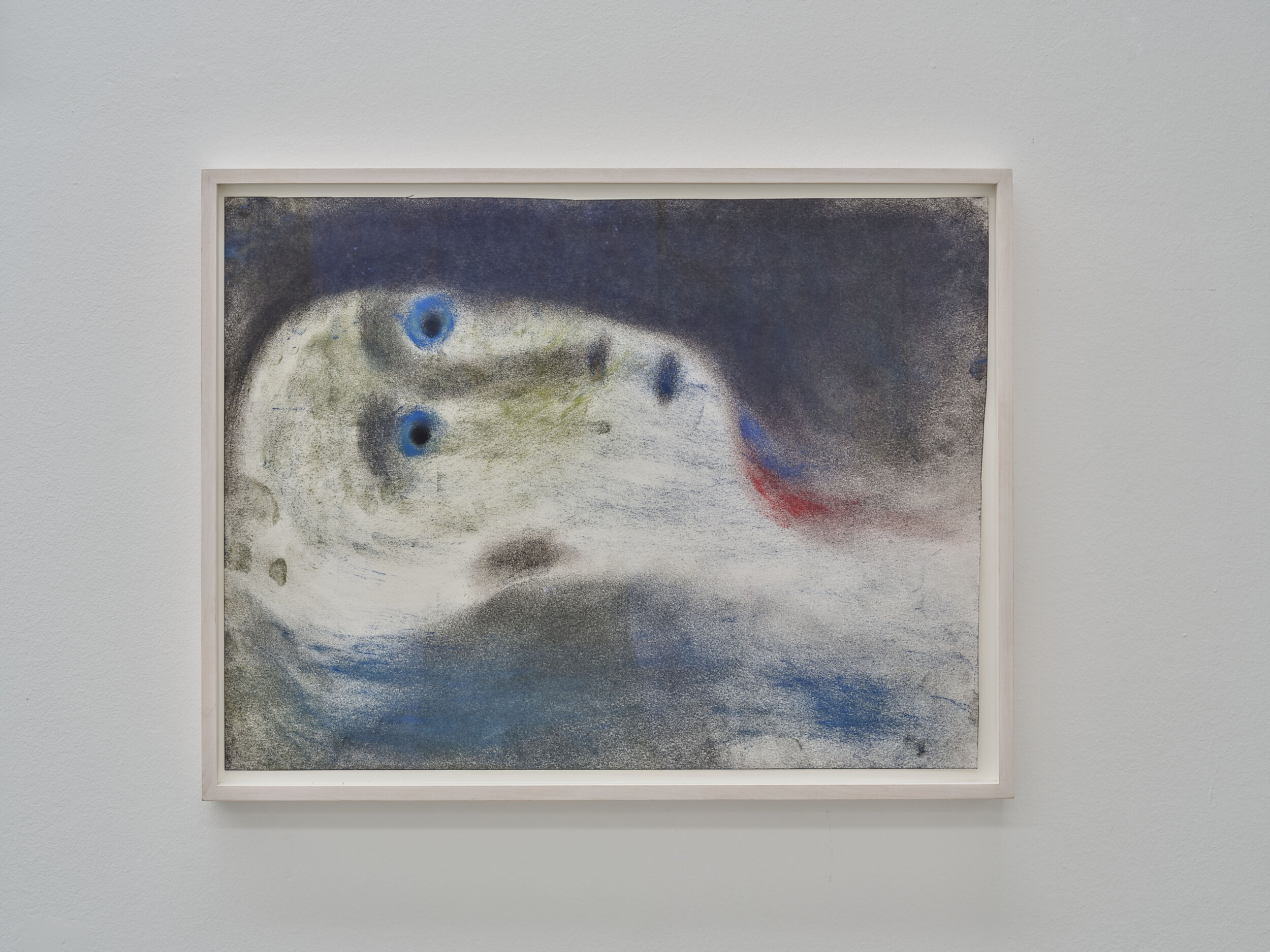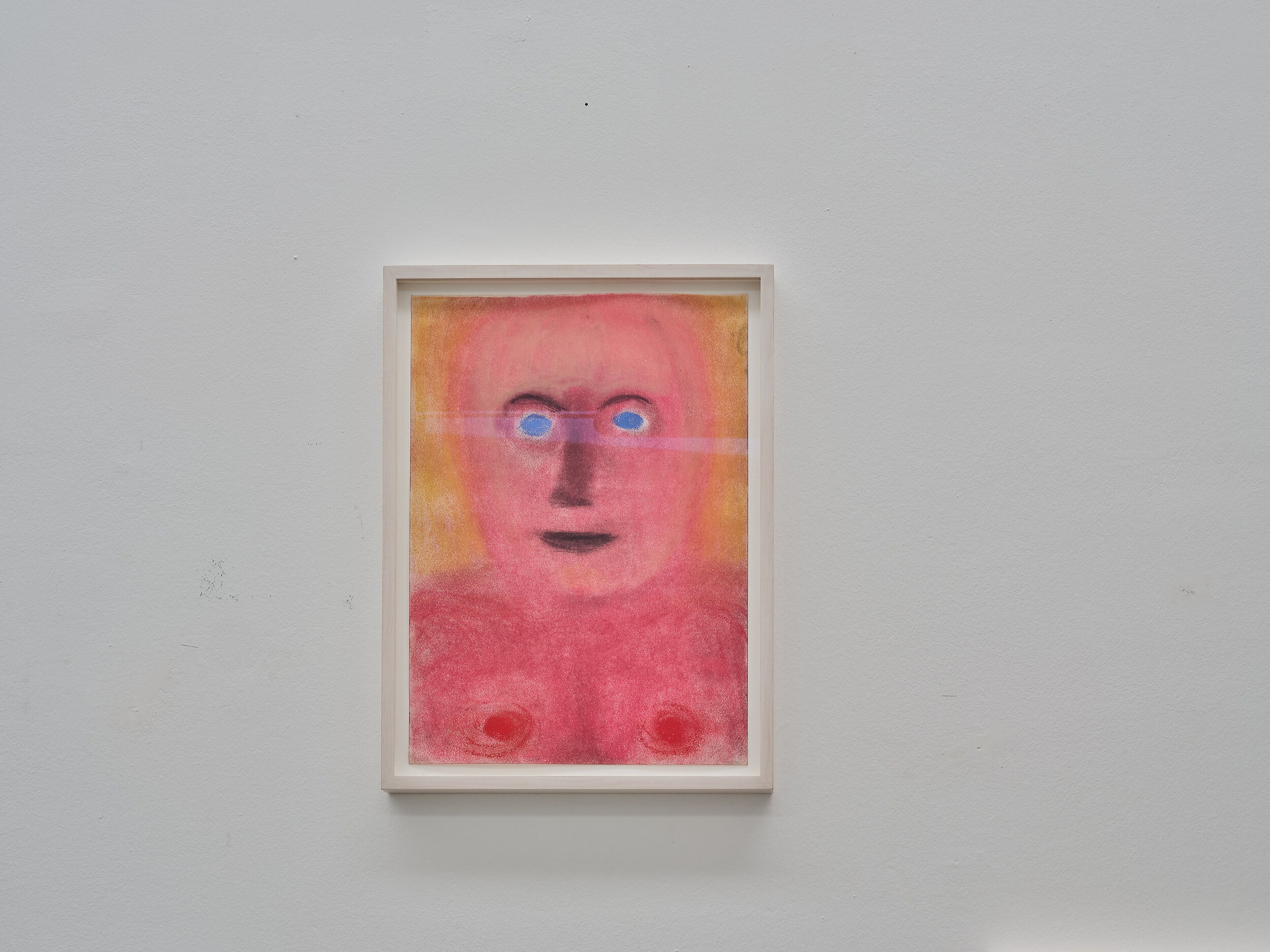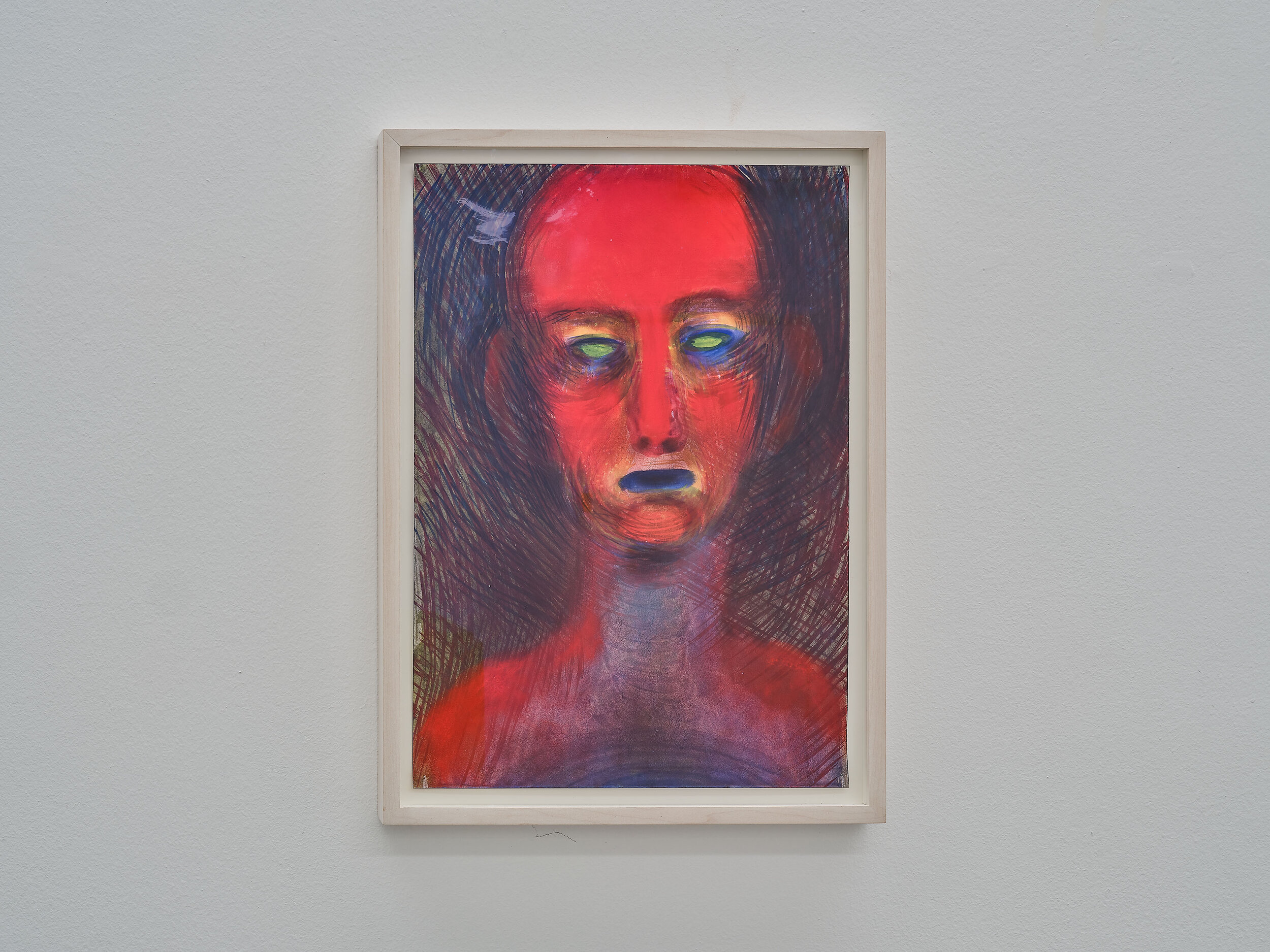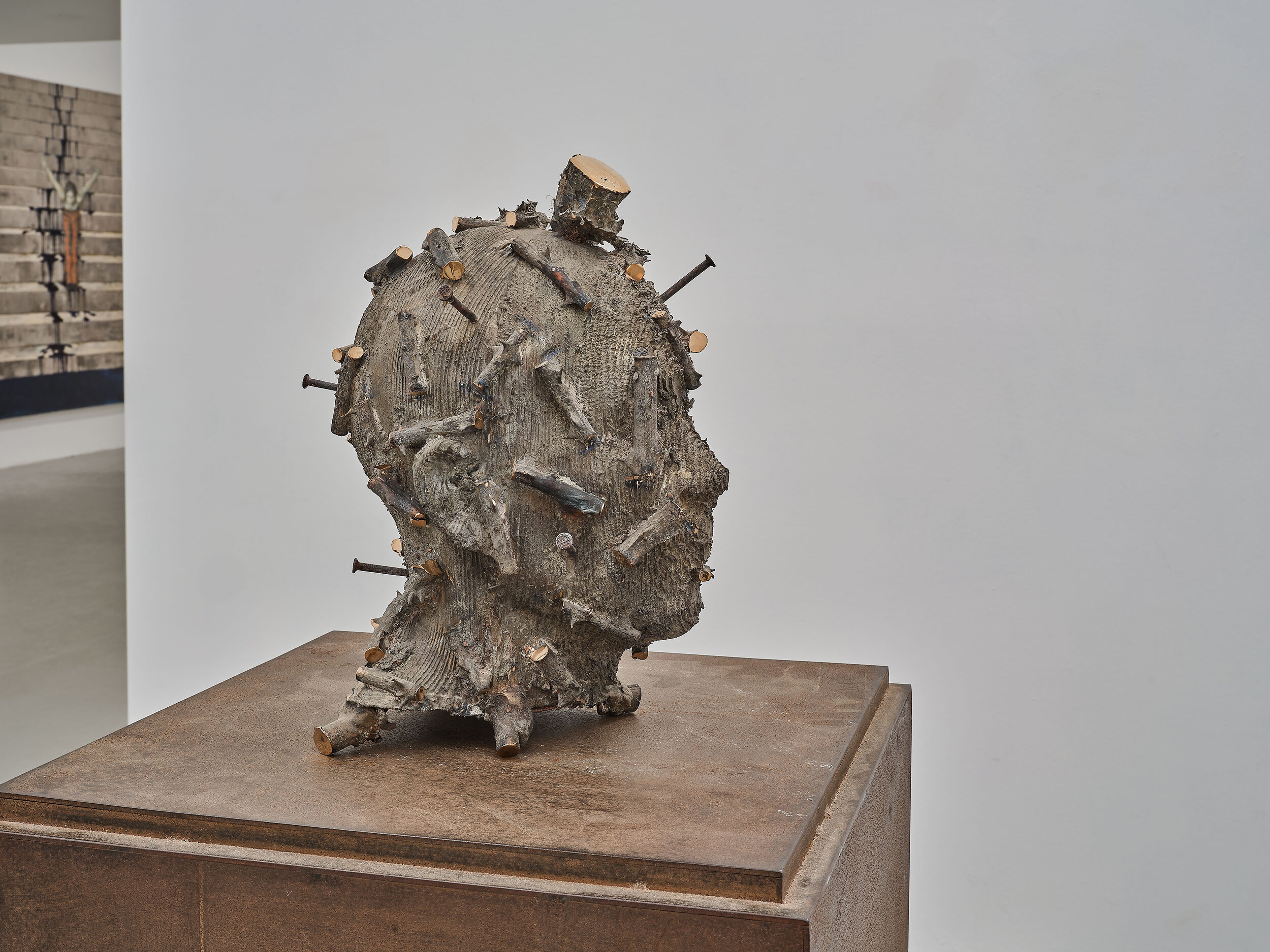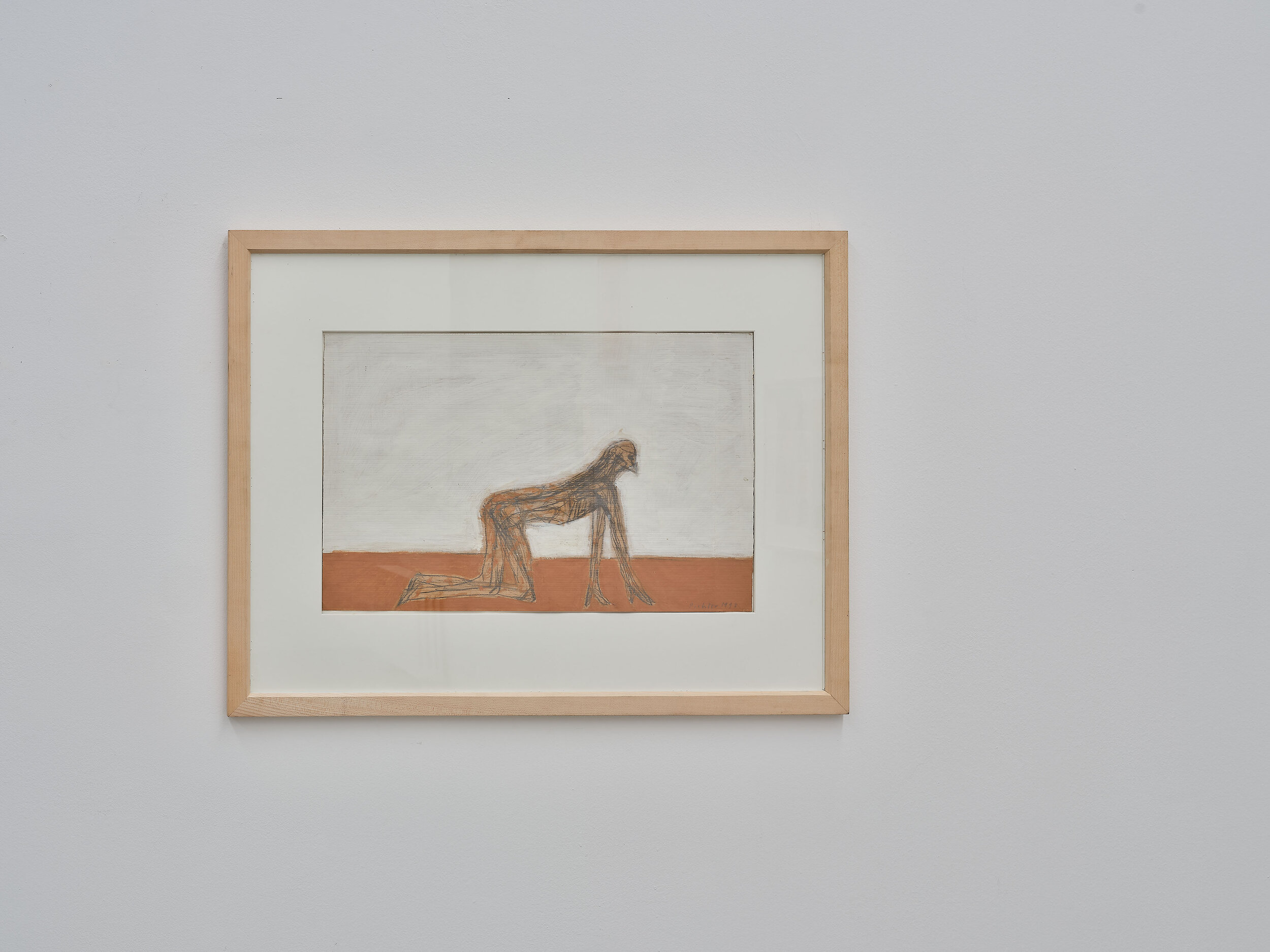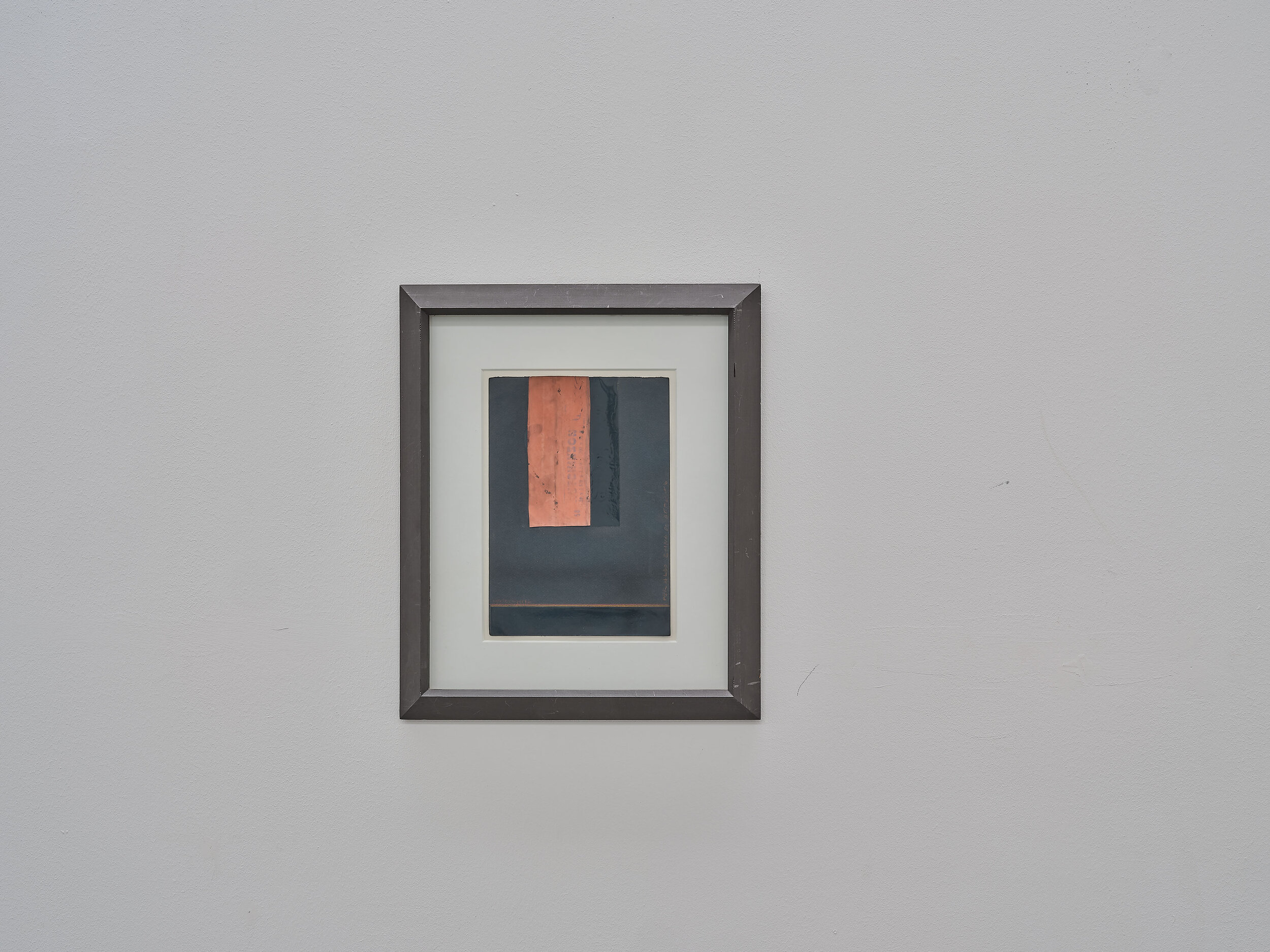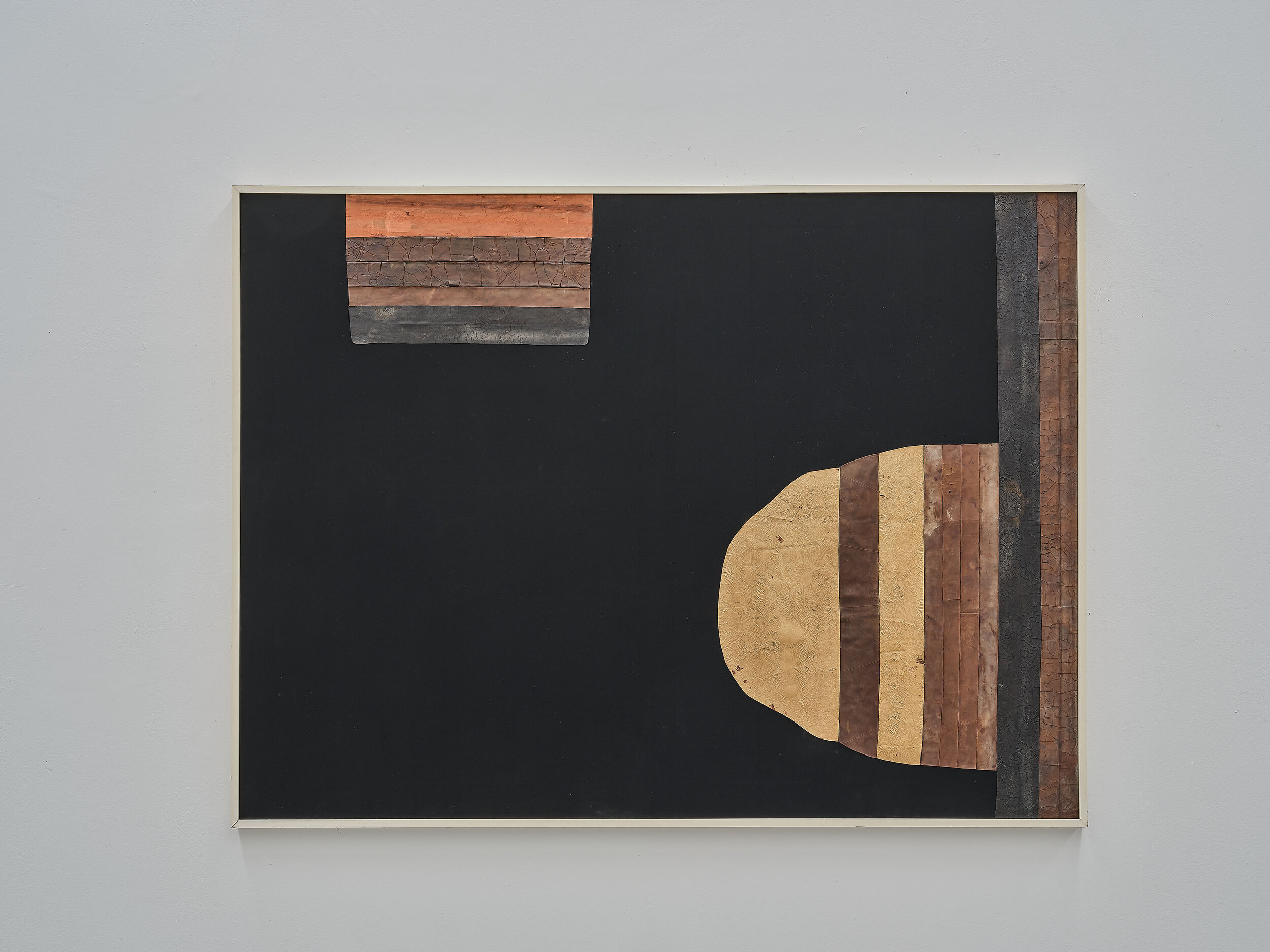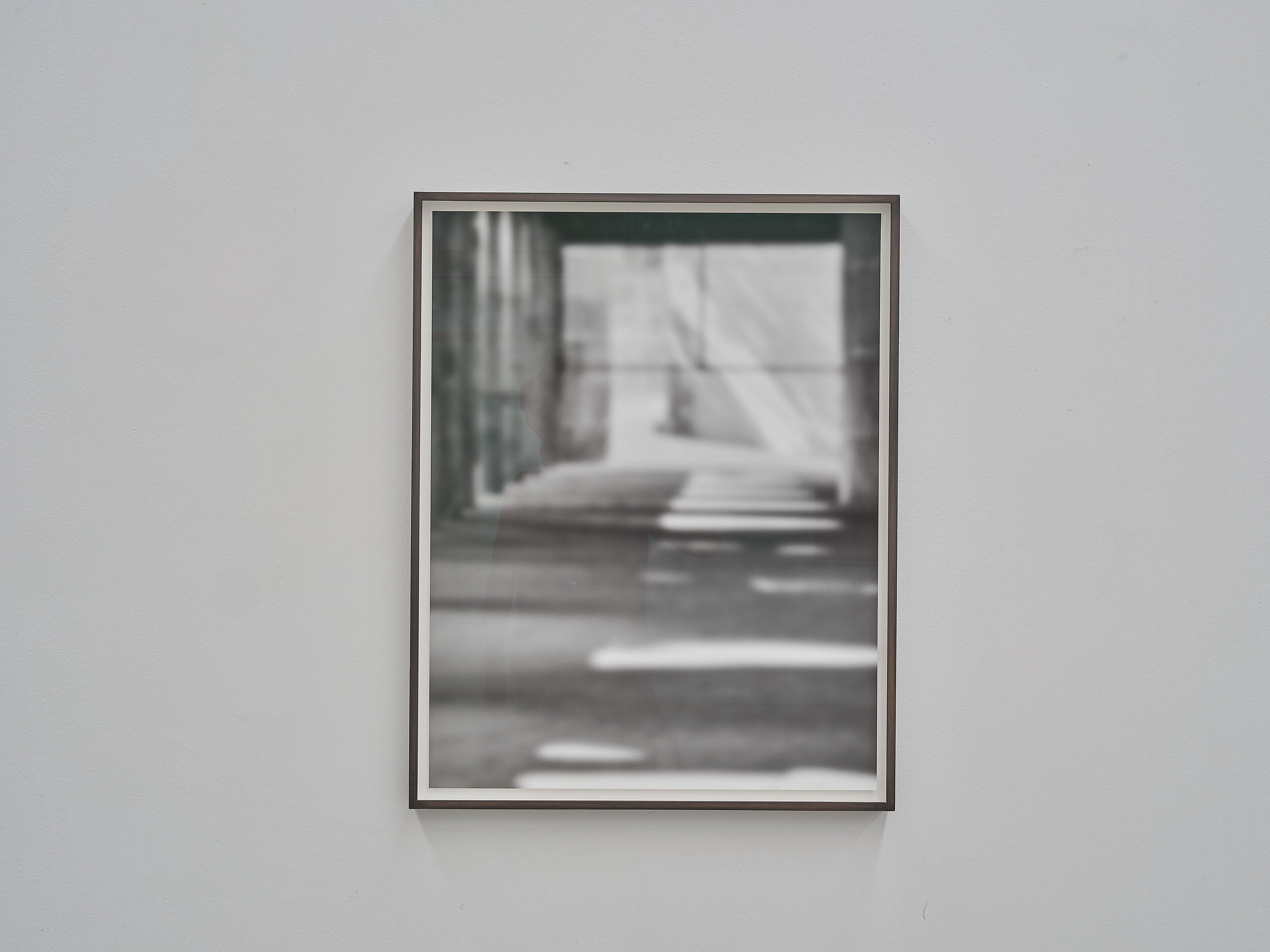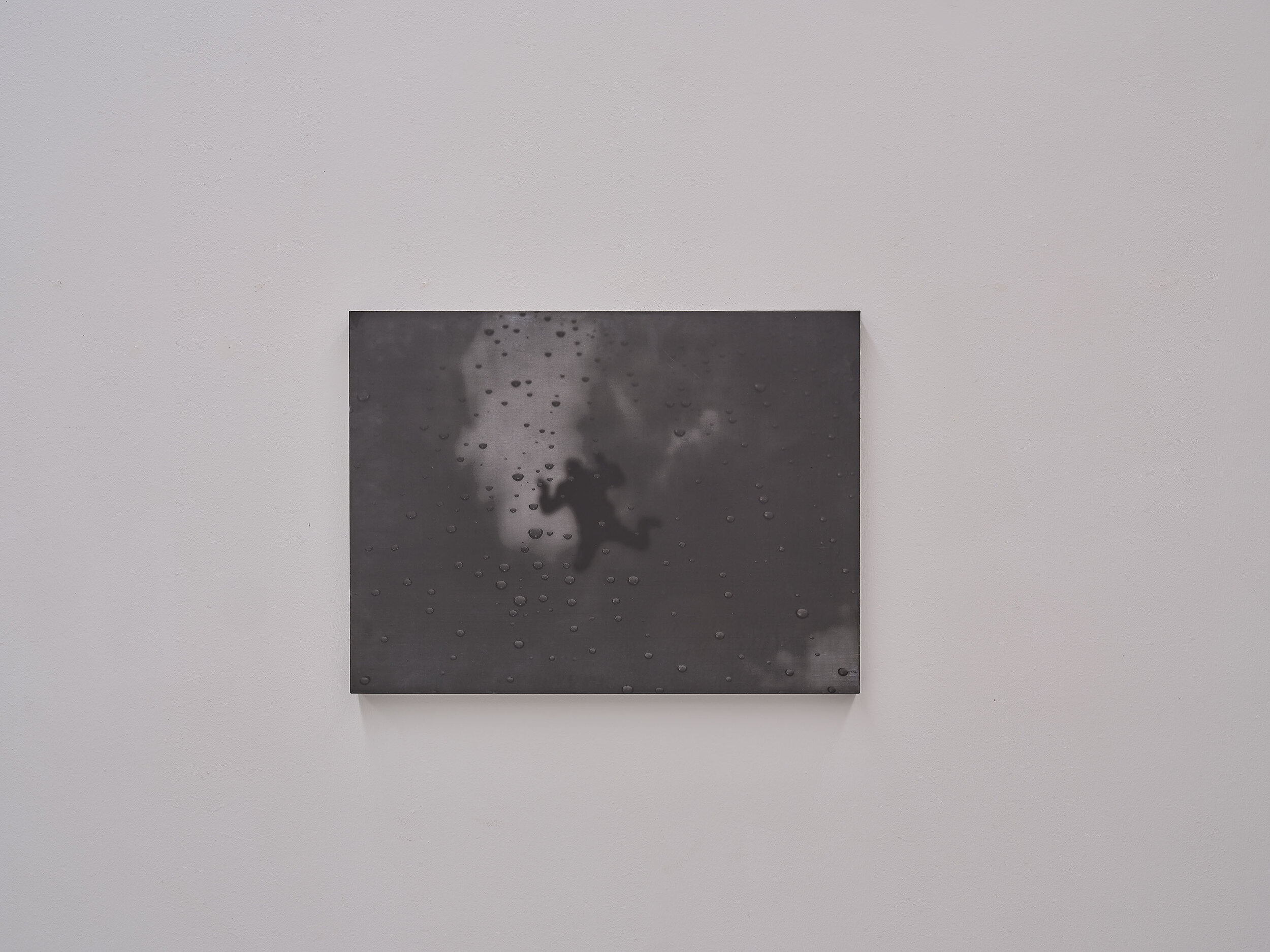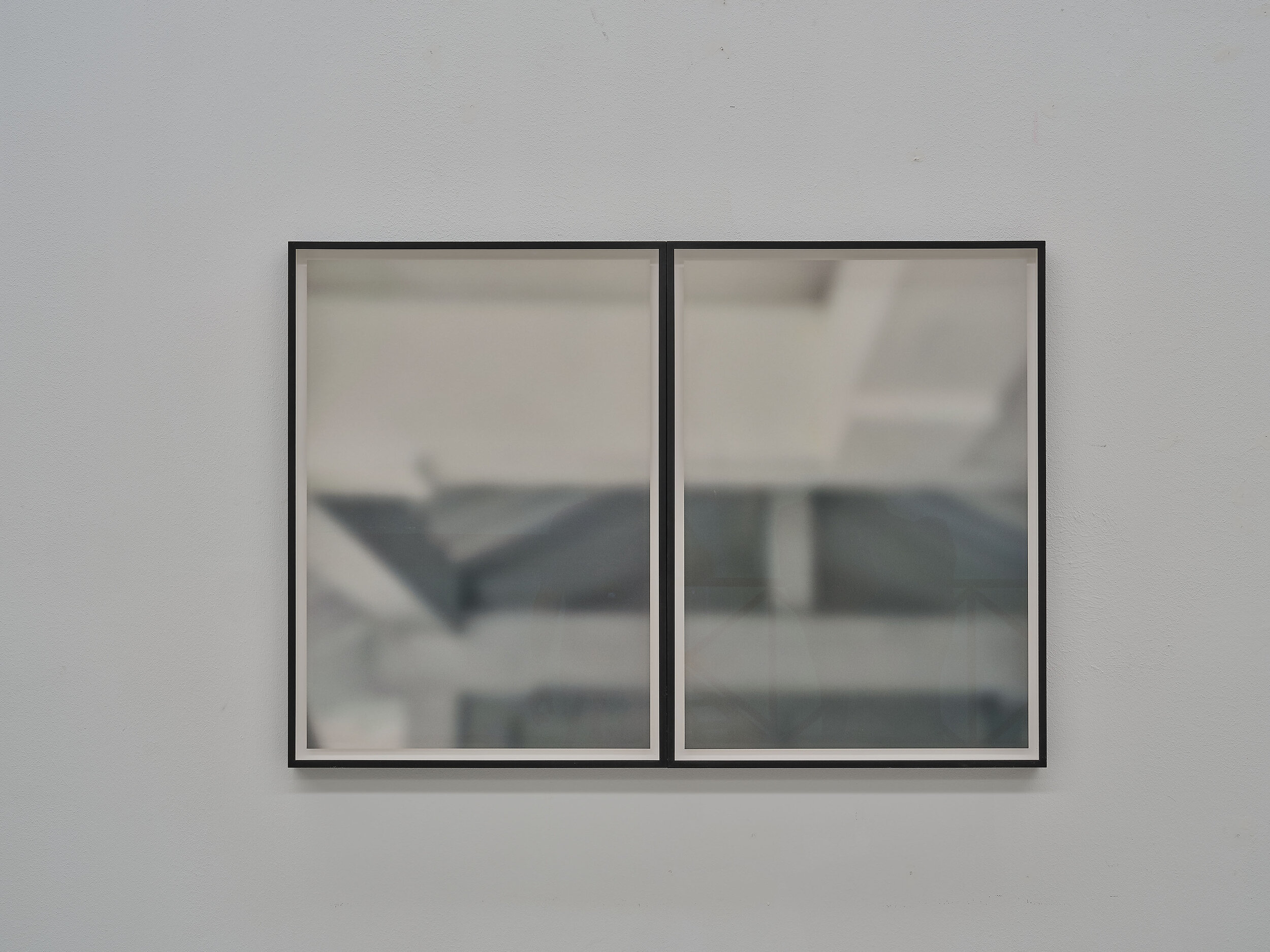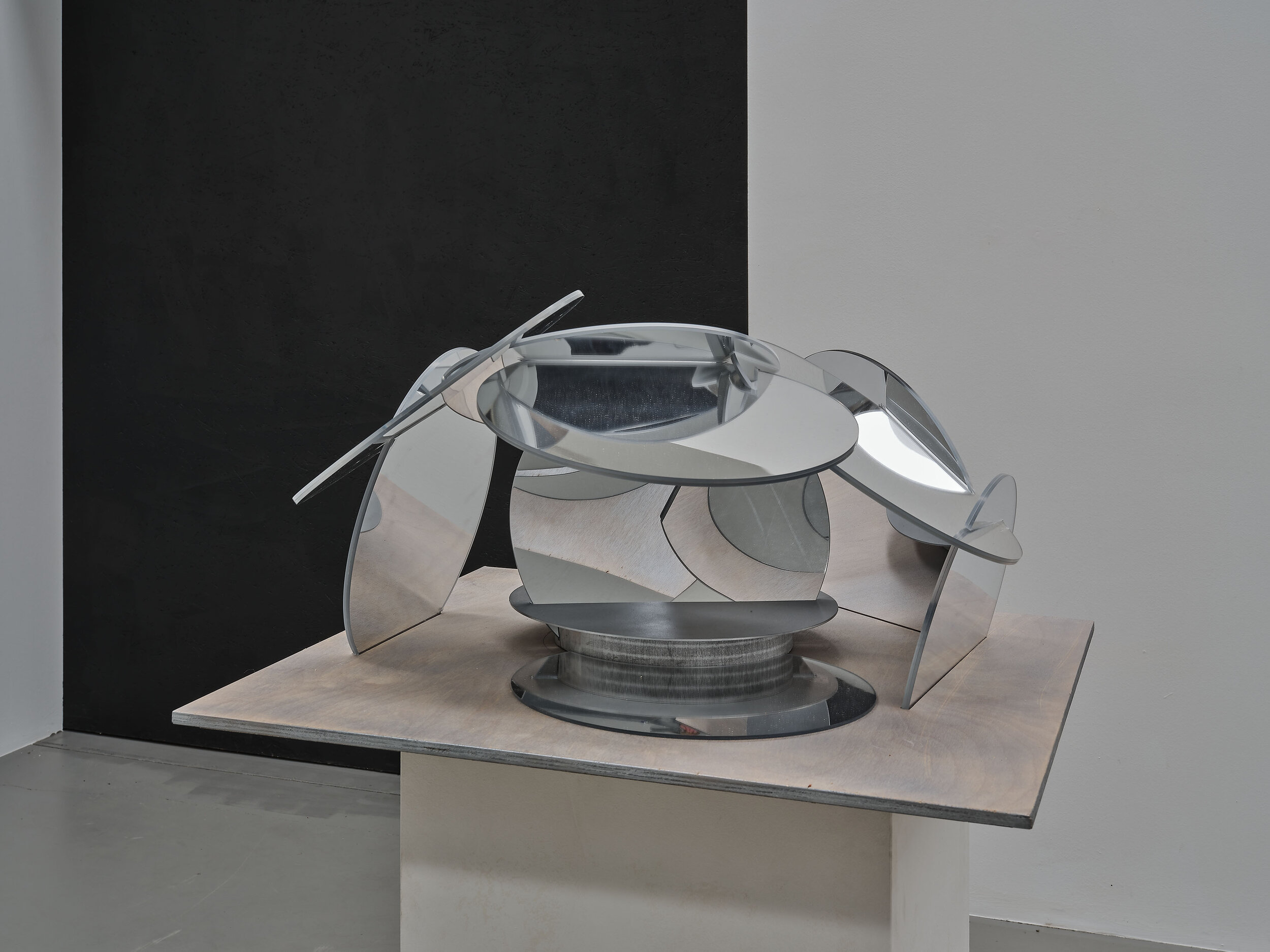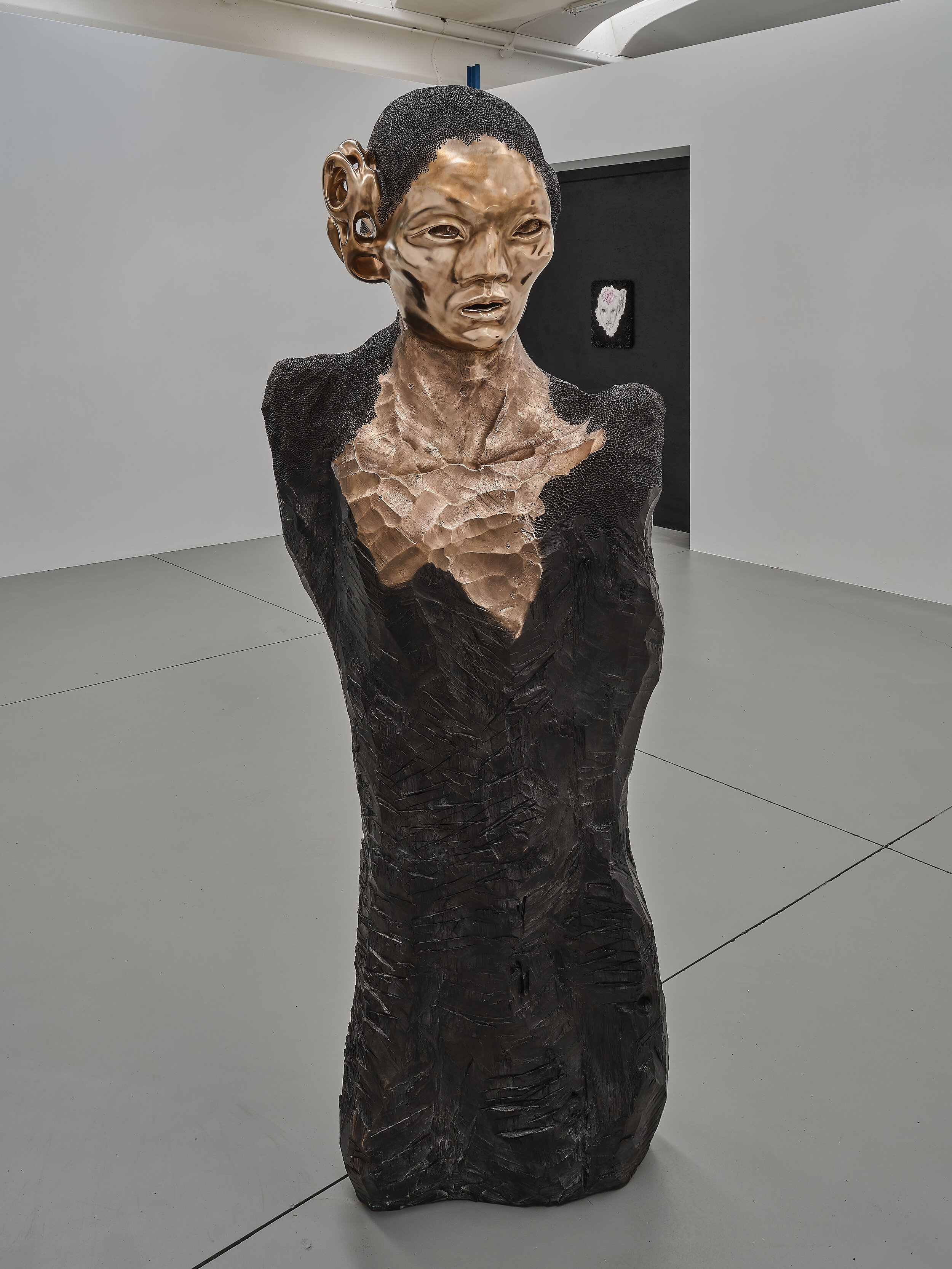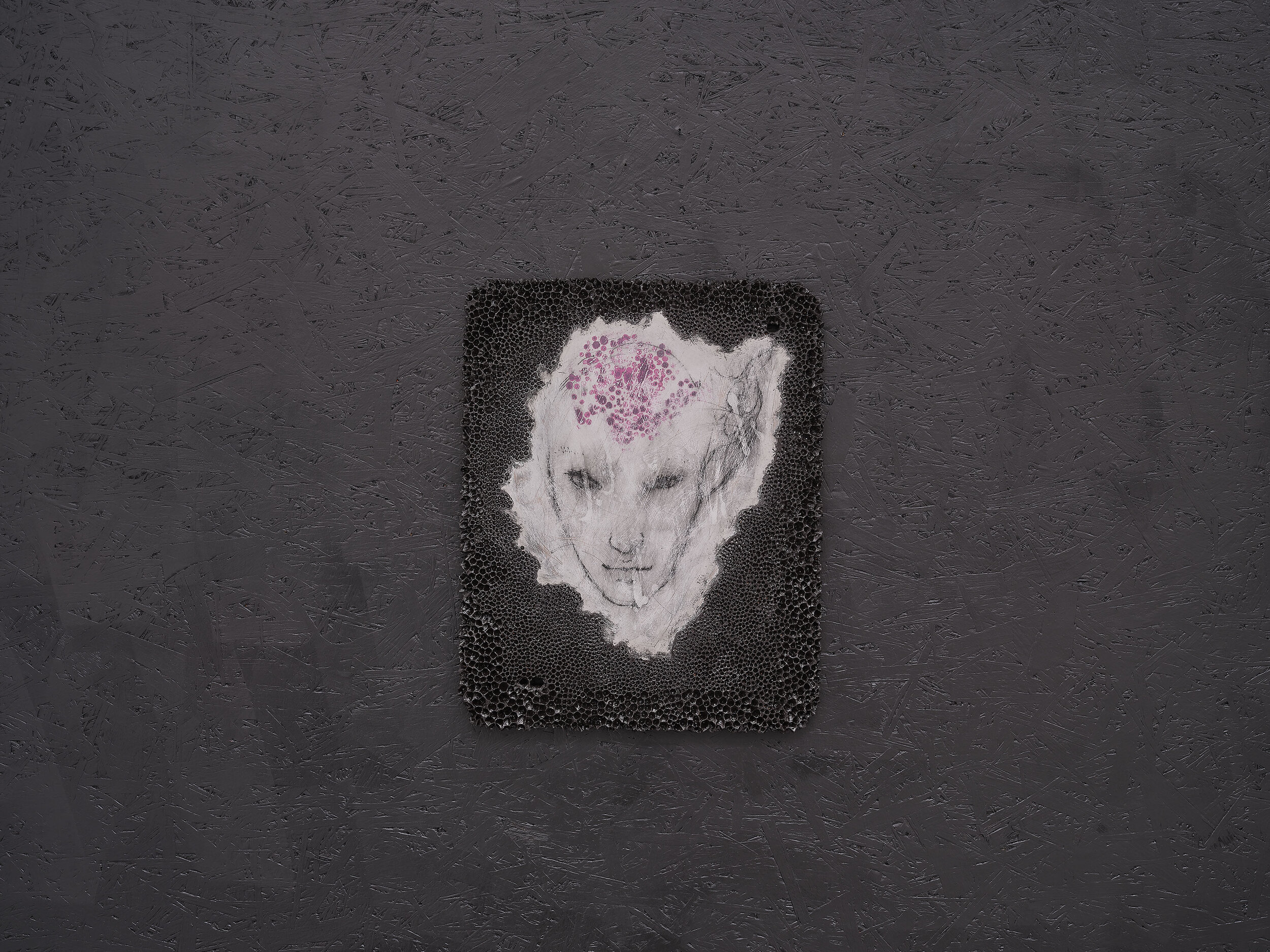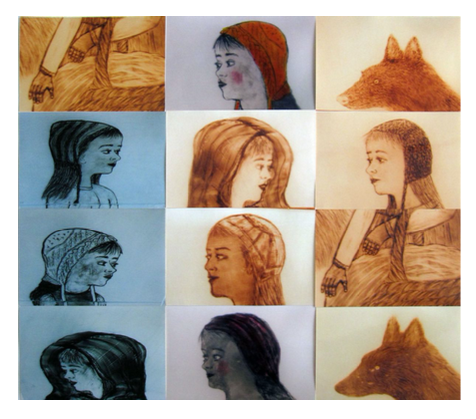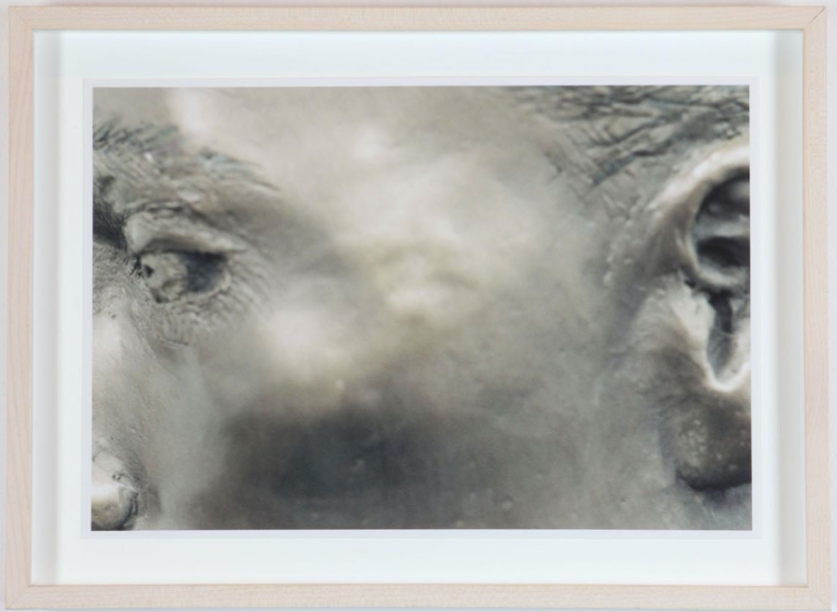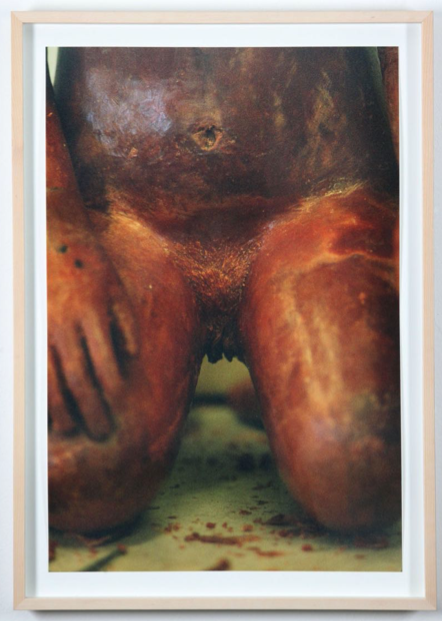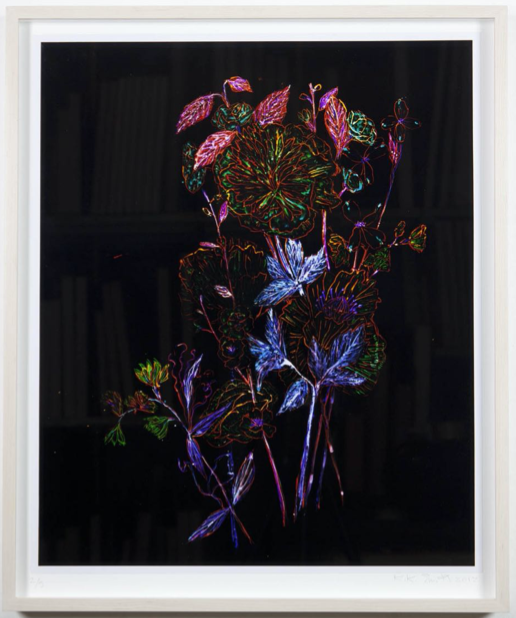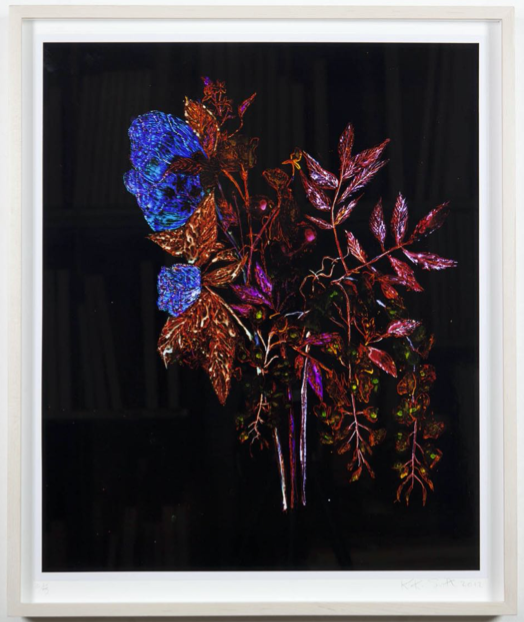Wo aber Gefahr ist, wächst das Rettende auch
curated by Karin Pernegger
Eva Aeppli, Robert Bosisio, Jonas Burgert, Miriam Cahn, Aron Demetz, Walter Moroder, Walter Pichler, Carol Rama, Eva Schlegel, Peter Senoner, Kiki Smith
01.08.
30.09.20
Ortisei
Wo aber Gefahr ist, wächst das Rettende auch
The title of the exhibition is taken from ‘Patmos’, a hymn by Friedrich Hölderin, the 250th anniversary of whose birth is being celebrated this year. No other line of verse captures so effectively the emotions and memories of the past months, which have so shaped our common way of living. The artists on show translate human essence into painting and sculpture, and perfectly represent the transcendence – the ability to rise above what we know about our own environment – of the auratic, mythological and political body.
The concept of the exhibition is born of a desire to show, above all, the resident local artists of Galleria Doris Ghetta, such as Robert Bosisio, Aron Demetz, Walter Moroder and Peter Senoner. In the wake of the experience of quarantine in Italy, for Doris Ghetta and curator Karin Pernegger it was vitally important to consolidate the presence of their own local artists through new international connections. In line with the title, the exhibition addresses not only the ongoing pandemic but also the condition of human beings in general. In order to comment on, examine and supplement these artists’ concept of sculpture and painting, the exhibition presents a new combination of works concerned with the themes.
Each of the sequence of three exhibition rooms is dedicated to a precise theme. The first is devoted to the condition of the body and the projection of danger. ‘Treppenspringer’ (2005) by Jonas Burgert is on show alongside a large-scale sculpture by Peter Senoner. Positioned opposite is ‘Le Pensionnat’ (1961), a painting of skulls by the Swiss artist Eva Aeppli – Jean Tinguely’s first wife – juxtaposed with ‘Soldati’ (1994) by Miriam Cahn, also from Switzerland, almost as a premonition of a present ridden with danger.
In the central room, the body dissolves as a gesture of its own transcendent being. Thanks to Eva Schlegel and Robert Bosisio, the architectural space breaks up into its single elements, each reduced to its emotive essence. For Carol Rama, basic forms put themselves back into order. Influenced by constant exchanges with the Concrete Art movement in the 1950s, which sought to assert abstract art, in the 1970s the artist developed large-scale collages using materials such as wood and rubber. From the point of view of our exhibition – given how her "Mucca Pazza’ was a response to the
mad cow disease pandemic on the late 1990s – it would have been interesting to see Carol Rama’s artistic reaction to the present emergency,
In the central room, the body dissolves as a gesture of its own transcendent being. Thanks to Eva Schlegel and Robert Bosisio, the architectural space breaks up into its single elements, each reduced to its emotive essence. For Carol Rama, basic forms put themselves back into order. Influenced by constant exchanges with the Concrete Art movement in the 1950s, which sought to assert abstract art, in the 1970s the artist developed large-scale collages using materials such as wood and rubber. From the point of view of our exhibition – given how her "Mucca Pazza’ was a response to the mad cow disease pandemic on the late 1990s – it would have been interesting to see Carol Rama’s artistic reaction to the present emergency,
The structural equilibrium between body and architecture continues not only Eva Schlegel pavilion of mirrors model but also returns in the human figures in Walter Pichler’s works. The juxtaposition of the works of Walter Moroder and Kiki Smith is also inspired by this transformation. In this way Smith adds new impulses to Peter Senoner’s position, suspended between drawing and sculpture. Unlike his body sculptures, the drawings are characterised by a feminine touch, like the artistic practise of Kiki Smith, which breaks down between photography, sculpture and installation into a mythical, auratic self.
Standing out in the exhibition are ‘Teste dei segni zodiacali’, (Sternzeichenköpfe), the ‘heads of the signs of the zodiac’ that Eva Aeppli produced at the end of her life. On show is the sculpture ‘Cancro – Messidoro’, a procedural work produced between 1980 and 1998. The fading ego in Aron Demetz’s work transcends itself. In the work on show, the casting funnel and fusion launders are barely covered by the form of the head itself, and are polished at the ends like new prompts for the spectator. The exhibition thus concludes with a work that conjures up another line from Hölderlin’s hymn ‘Patnos’: ‘Come! Into the open, friend’. We hope this will be the leitmotiv for what remains of 2020.
Karin Pernegger
